A pattern is something that repeats. It happens the same way more than once. Patterns can be made of numbers, shapes or even events that happen in nature. By knowing patterns we can predict what will happen next.
To better understand how patterns in the sky work…
LET’S BREAK IT DOWN!
Patterns in the Sky
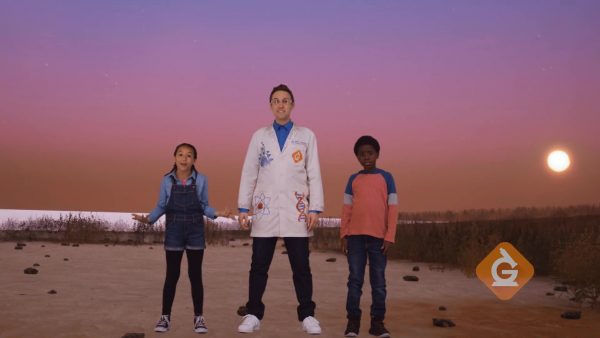
The sun, moon and stars all follow the same pattern. They rise in one part of the sky, move across it and set on the other side. This pattern repeats once each day.

The Sun is Always Shining

The sun is always shining, even at night when we cannot see it. The sun follows the same pattern as the moon; it appears to rise in the east and set in the west.

The Moon is Always There
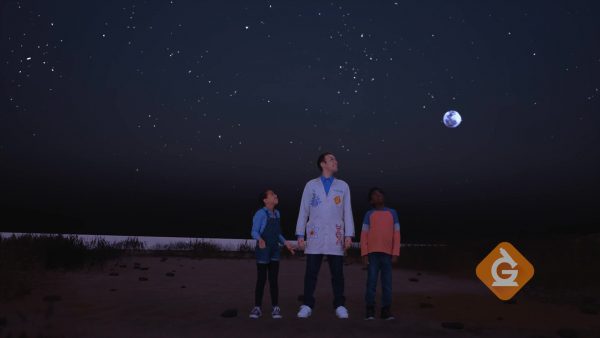
The moon can be seen at night, and sometimes during the day. The moon follows the same pattern as the sun; it appears to rise in the east and set in the west.

The Stars Shine Brightly
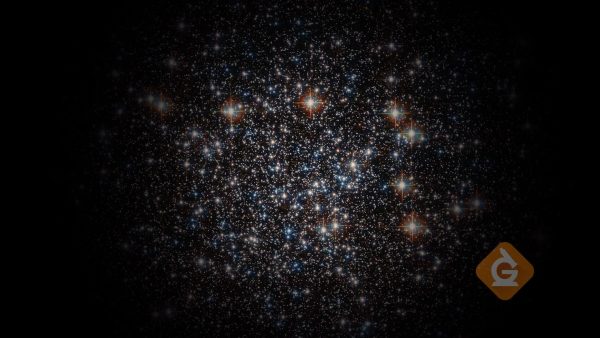
The stars are always shining, but most of them can only be seen at night. Stars appear to follow the same pattern as the sun and moon, moving slowly across the sky.

Telescopes Magnify Things That Are Far Away
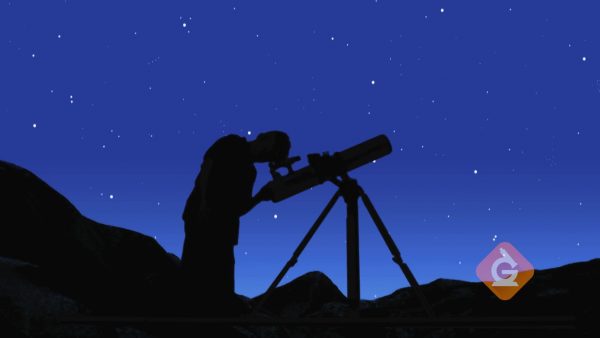
A telescope can be used to magnify things. They help us observe stars which look very small to us on Earth because they are so far away.

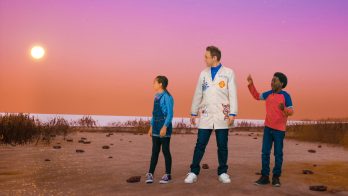
































































































































 Select a Google Form
Select a Google Form









